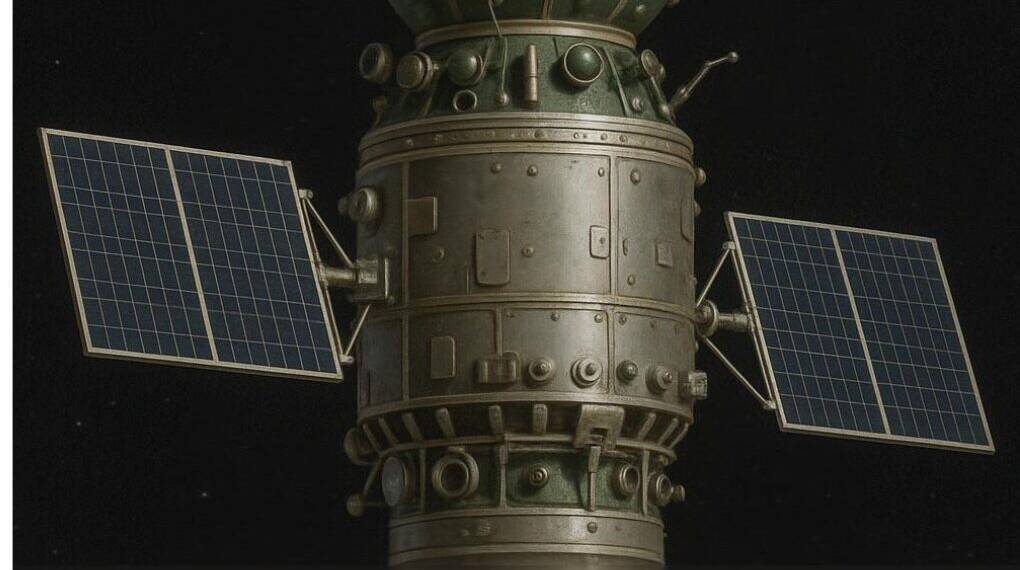A relic of the Cold War space race, Kosmos 482—a Soviet spacecraft launched in 1972 to land on Venus—is now on a final descent toward Earth after more than five decades in orbit.
Originally designed as part of the Soviet Union’s ambitious Venera program, Kosmos 482 never completed its intended journey. A malfunction during launch left the probe stranded in Earth’s orbit. Now, the spacecraft’s reentry into the atmosphere is anticipated to occur this weekend, according to scientists tracking its trajectory.
A Robust Design Built for Venus
Crafted to withstand Venus’s intense heat and pressure, the spacecraft is protected by a titanium shell and weighs nearly half a ton (495 kilograms). Unlike many other objects that burn up entirely during atmospheric reentry, Kosmos 482 may survive in part due to its hardened design.
Experts note that, while a full breakup is unlikely, the descent capsule may endure reentry and reach Earth’s surface. “We expect some components to survive the reentry,” said Dr. Marcin Pilinski, an atmospheric scientist at the University of Colorado Boulder. “Still, the chances of it landing in a populated area are extremely slim.”
Where and when? Still Uncertain
Estimates suggest the spacecraft will reenter Earth’s atmosphere early Saturday Eastern Time. However, determining the exact time and location remains difficult. Factors like solar activity and the spacecraft’s tumbling orientation in space introduce significant variability in forecasts. The European Space Agency has emphasized that prediction models are still narrowing possible trajectories.
The spacecraft’s orbital path currently lies between 52 degrees north and south latitude, meaning it does not pass over the polar regions. This corridor still covers vast stretches of ocean and sparsely populated land, making a landfall in a dense urban zone highly improbable.
A Legacy of Soviet Space Exploration
Launched from the Baikonur Cosmodrome in Kazakhstan on March 31, 1972, Kosmos 482 was meant to follow the successful Venera 7 and 8 missions. While its partner spacecraft, Venera 8, landed on Venus, Kosmos 482 failed to escape Earth’s gravity. Over the years, portions of the spacecraft fell back to Earth, but the spherical lander remained in orbit until now.
Estimates indicate the descent capsule, if intact, could strike the surface at speeds of around 150 miles per hour. The original parachute system—designed for deployment in Venus’s thick atmosphere—is no longer expected to function.
Space Debris and Legal Implications
Under the United Nations’ Outer Space Treaty, any surviving fragments of Kosmos 482 remain the property of Russia. The treaty also holds Russia responsible for any damage caused upon reentry.
Authorities advise the public to avoid handling any potential debris. “If Kosmos 482 defies the odds and lands in your area, do not touch it. Report it to local officials,” the Aerospace Corporation cautioned.
Conclusion
Kosmos 482 serves as a poignant reminder of the early days of planetary exploration and the enduring nature of Soviet-era engineering. Its return to Earth offers a rare opportunity for scientific observation and continued advancement in space debris tracking.







